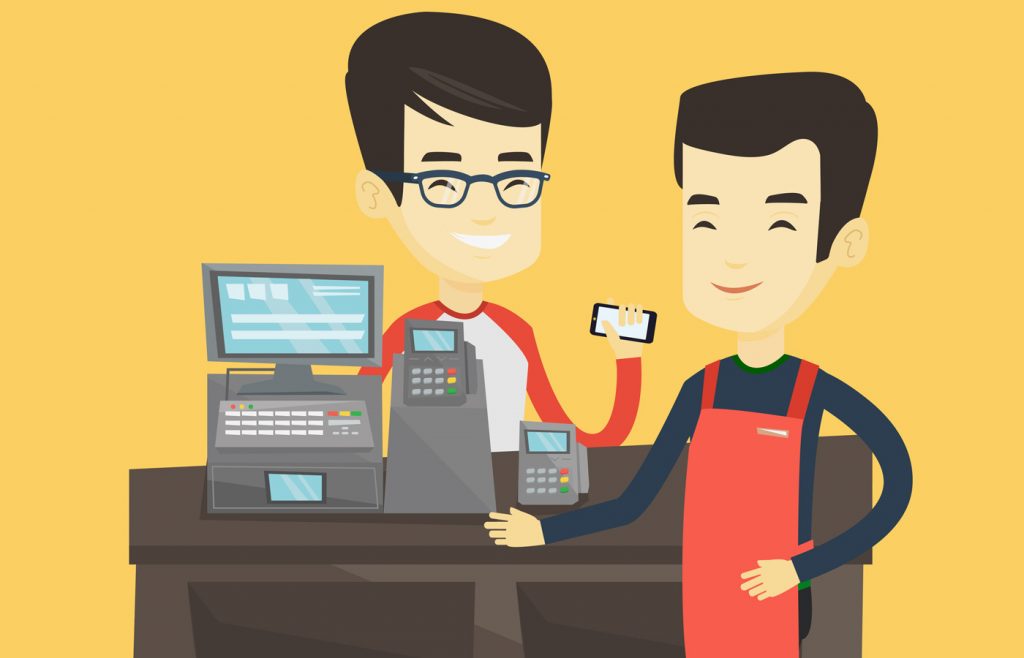
As I write this, it’s the 25th anniversary of the release of Mosaic—the very first graphical web browser. It should be a cause for celebration, but frankly I’m feeling a bit depressed.
The web began with such promise of democratization of information and knowledge. But lately it’s become depressing to see how the two dominant players have created, as journalist Matt Taibbi describes, “a world in which the informational landscape for billions of people is controlled more or less entirely by a pair of advanced private spying operations, Google and Facebook.”
Surveys show that about 70 percent of Americans get their news from these two sources. And that news is highly filtered, based on all the information that these companies have collected about you. They only show news that suits your interests—and affirms your biases. This, of course, further contributes to the polarization that is debilitating our democracy.
It had seemed that the Web would be enriching to democracy, but instead it’s fostering increased tribalization worldwide. The New York Times has documented instances of fatal consequences in a number of countries due to fake news on Facebook.
Nevertheless, I do still get excited by what the internet has to offer, most recently some simple conveniences I thought I’d share.
It’s probably dumb, but I really enjoying paying for things with my smartphone. When I go to Walmart now, I always do the self-checkout, just because I like gadgets and computer interfaces. And I like the sensation of scanning the bar codes.
When it comes time to pay, I tap the Walmart app on my Android phone and select “Walmart Pay” from the menu. I enter my four-digit security code and point my phone’s camera at a QR code on the terminal display. In an instant, my bill is paid, and the receipt appears on my phone.
It’s the “cool factor,” I guess, since it’s probably not any faster than swiping a credit card. But also, it’s the convenience of having all my Walmart receipts on my phone in case I ever need to look up a purchase or return an item.
Setting up the Walmart app with my credit card number was quite simple. And mobile payment systems are claimed to be much more secure than regular credit card transactions. My credit card number isn’t stored on my phone and isn’t exchanged during transactions.
My next step will be to download and set up the Google Pay app so I can use my phone in stores other than Walmart. Plus, the process with Google Pay is simpler: no pointing the camera at a QR code.
Another convenience I enjoy using is a mobile banking app to deposit checks. About a year ago I helped a client for a couple hours with a writing project, after which she wrote me a check.
She said, “I hope you can deposit that soon.” But I didn’t want to promise I’d do that because I wasn’t planning to go into town anytime soon and didn’t want to make a half-hour special trip just to deposit a small check.
She chided me, saying, “Don’t you have a mobile banking app on your phone? It makes it so easy. You just take a photo of the check and deposit it that way.”
This was embarrassing. After all, I’m the computer guy. And I was behind the times. So I went to the App Store on my iPad mini, and sure enough, MidWestOne Bank had a free mobile app. And sure enough, it did have a feature for depositing checks.
This time it’s a lot more than the cool factor. When I get paid via a check (rare these days), it takes just a minute to sign it, then boot up the app and select Deposits. The app walks me through the steps of entering the amount, taking a photo of the front, taking a photo of the back, and then tapping “Deposit Now.” If you aren’t already using your bank’s mobile app, I highly recommend it.
Another great discovery in recent months is MailChimp (mailchimp.com). If you send out email messages to groups, or have an email newsletter, MailChimp is a top choice. It’s amazingly simple to use and lets you quickly create very attractive emails. It’s free for up to 2,000 subscribers and 12,000 emails per month. I have a list of 950 subscribers that I send announcements to several times a week, and MailChimp has been a real boon.
If you already have a list, you can easily import it. Plus, MailChimp automatically handles the inherent bane of all email lists: bounces. It’s smart enough to know if the bounce is due to a permanent issue and automatically unsubscribes the email address.
I’m grateful for the internet. But wary, too, in this era of fake news and tribalization.
See column archives at jimkarpen.com.
